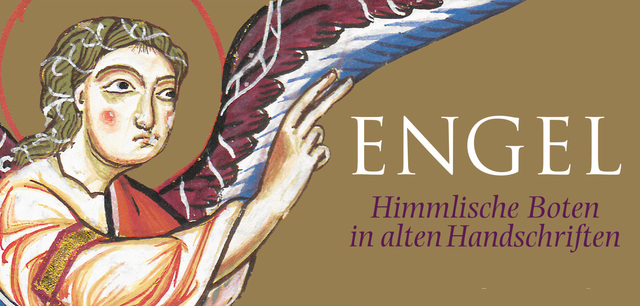ANGELS. Heavenly Messengers in Old Manuscripts

The Austrian National Library is opening its rich collection of illuminated manuscripts and old prints to enable the visitor to follow the traces of the angels. Selected works from 500 years of book culture lead into a fascinating world of ideas whose origins are to be found in the texts of the Hebrew Bible. They tell of the Angel of the LORD and of the celestial hosts, of the Prince of Angels and fallen angels. They are the material from which the Jewish, Christian and Moslem faiths developed their doctrines of angels. Even the word angel goes back to the Hebrew Bible, the Greek edition of which translated the term messenger as angelos.
However, the Bible does not describe angels as having two wings growing from their shoulders. They are pictorial formulae that were adopted from antiquity by Christian art, while Judaism retained its prohibition on images. Moslem artists also show angels with two wings, above all in private book illustrations, of which there are exquisite examples in the exhibition. The most beautiful Western representations include the Archangel Gabriel in the Liutold Evangeliar (around 1170), which is meant to reproduce the original image of the Prince of Angels like a Byzantine icon. The sensitive images by the often anonymous Masters of the late Middle Ages document the efforts to establish a personal relation ship with the angels, in particular in the sumptuous prayer books of the high aristocracy. Finally, courtly art produced two new types of angel, the female angel and the child angel, a development illustrated by high quality works by Gabriel Glockendon, Gerard Horenbout and Albrecht Dürer.
The exhibition also includes Johann Sebastian Bach’s Canonic Variations on Martin Luther’s most famous Christmas carol, From heaven above to earth I come!
Location
State Hall, Josefsplatz 1, 1015 Vienna
Duration
20. Nov. 2014 – 1. Feb. 2015
